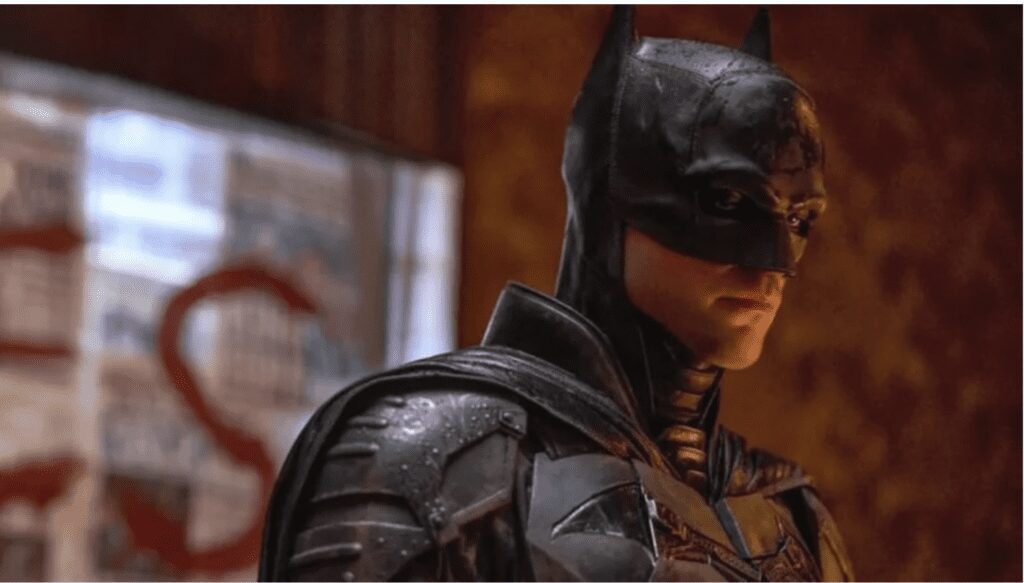
Despite the box office success of “The Batman,” it’s still one of the best DC entries in recent years. But why is that exactly? There are several reasons. With Michael Giacchino’s haunting score, Greg Fraiser’s cinematography, James Chinlund’s haunting set design, and an electrifying supporting cast, the movie is full of pleasures. All of these elements help the new Batman pay subtle homage to the previous versions, including Tim Burton’s gothic set design as well as Christopher Nolan’s gritty realism as well as Zack Snyder’s brutal rage.
Matt Reeves and his crew have effectively incorporated those aspects of the character from these interpretations, making this very much a celebration of the character’s long history on the silver screen without resorting to overt nostalgia such as “Ghostbusters Afterlife” or “Spiderman No Way Home.” Both of those films used callbacks to enhance their story, which is not to say nostalgia is bad. Yet, “The Batman,” uses elements that we have seen before to help craft a rawness and palpability that helps make it stand out from other Batman films.
It is striking to see the craftsmanship on display here, which rarely receives sufficient attention in this field. However, I think the film wouldn’t be a masterpiece if Peter Craig and Matt Reeves hadn’t written an insightful screenplay and if Robert Pattinson hadn’t given his biggest performance. It is these elements that drive the film’s main thesis statement, which is that Batman’s influence on Gotham City causes crimes instead of stopping it. In other words, “The Batman” doesn’t like Batman.
This notion is probably hated by a particular group of people, cough Ben Shaprio cough, for the simple reason that our society has a very insecure view of our media dissecting and criticizing itself, along with several other things they might consider “Woke.” That’s a whole other topic all together for another day. Getting back to the movie itself, what makes it work so well is that it questions the very presence of the franchise itself, which although it isn’t entirely original is executed so well that it feels entirely new.
This is captured well in the movie when Vegance transforms into Batman at the end when he is reborn in the flood because he realizes what he is doing is provoking the crime he says he is against. He takes the initiative to rise above his vengeance and become a symbol of hope that the citizens of Gotham can actively get behind rather than be scared of. This kind of deconstruction is quite daring for a movie like “The Batman” versus other superhero movies like “Watchmen” or “Man of Steel”, which do this sort of deconstruction quite sloppily.
In some ways, it is reminiscent of “Captain America Winter Soldier”, which also questions the status quo, but “The Batman” emphasizes the morality of the character, which I found more tangible. At the end of the day, The Batman does a great job of showing us a Batman that feels more human than any of the previous versions, making it the definitive version of the character, which is no easy feat. Will the series be able to maintain this level of success? We will have to wait and see, but we’re off to a good start. The Batman is now Streaming on HBO Max.
